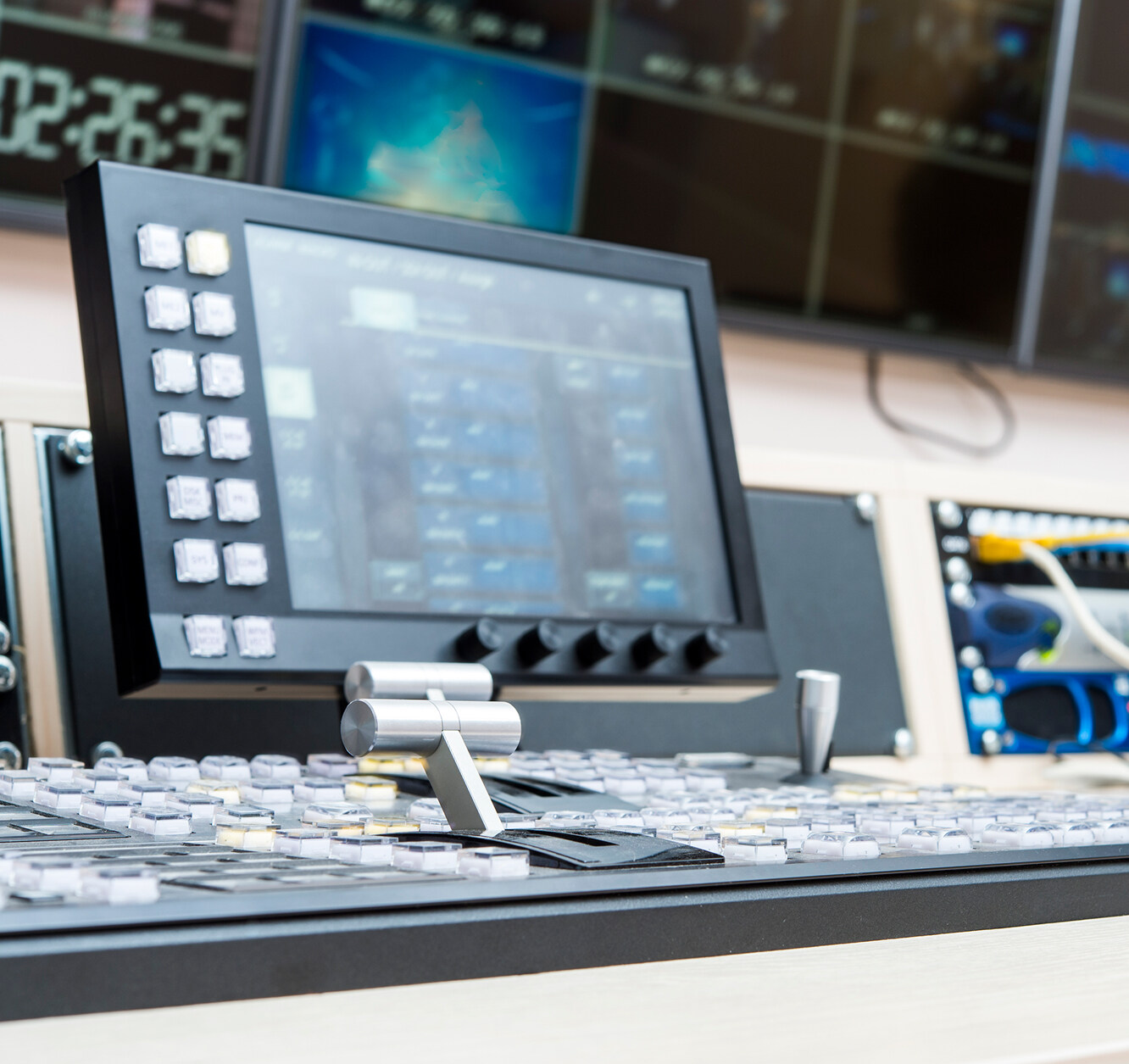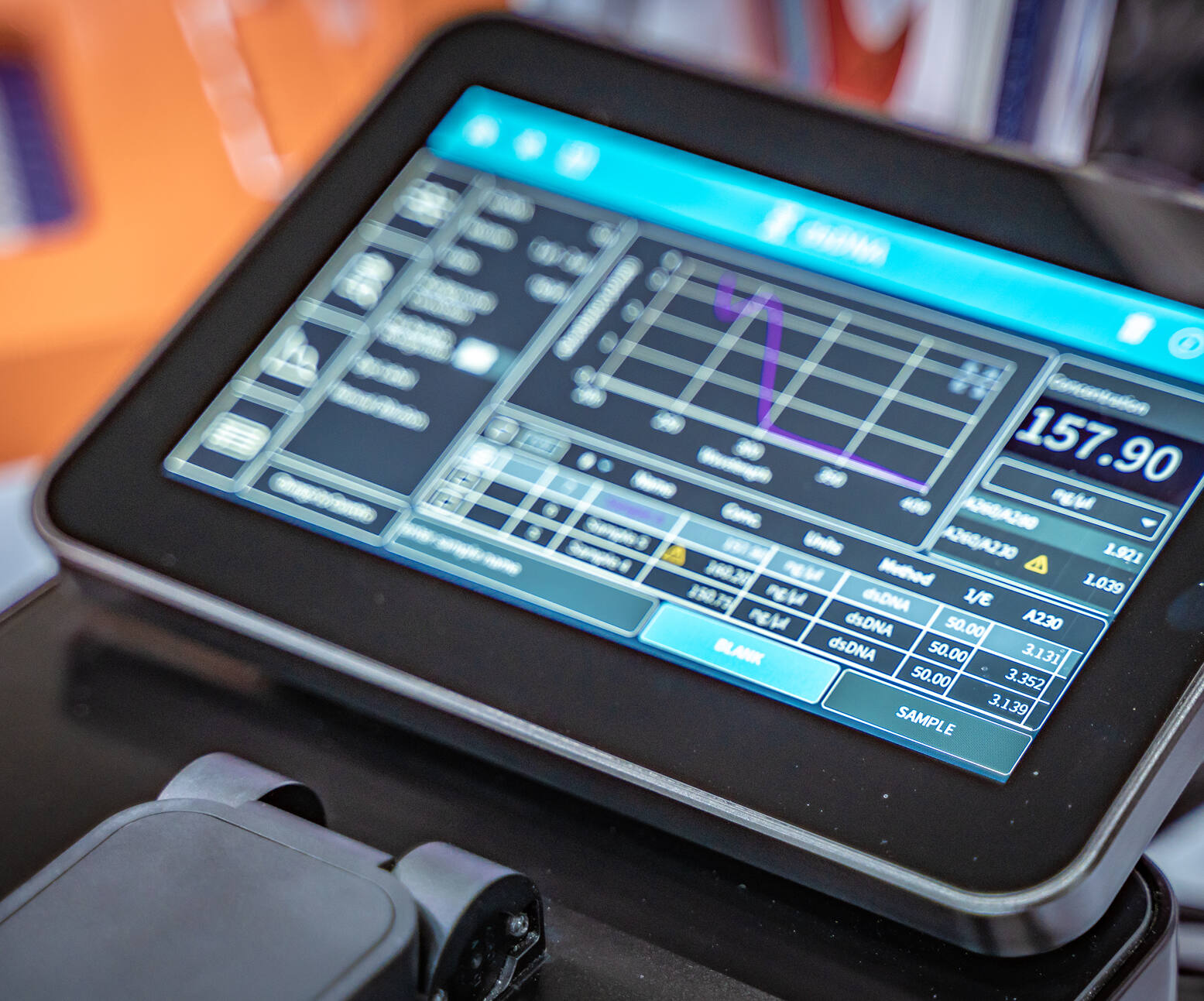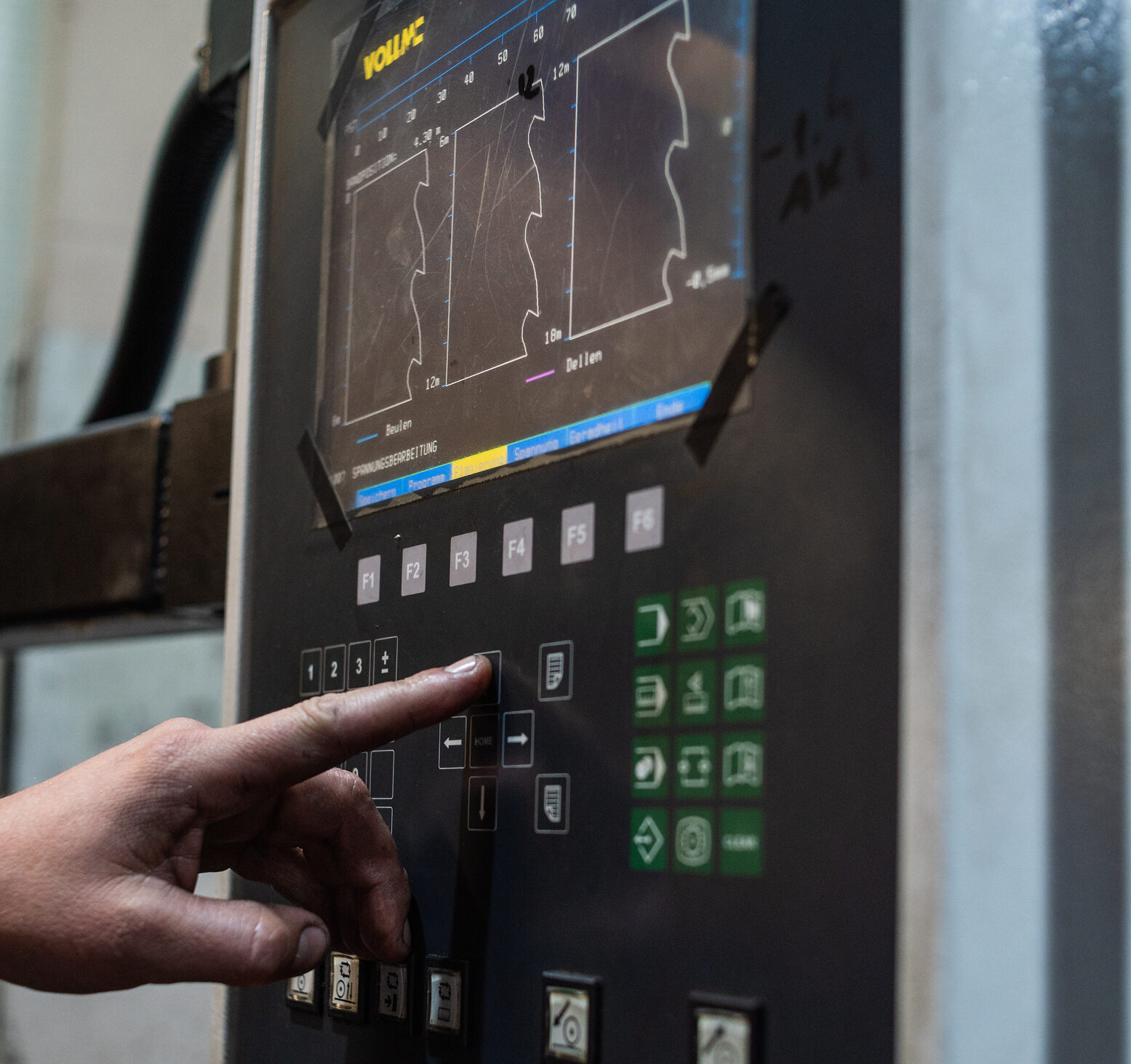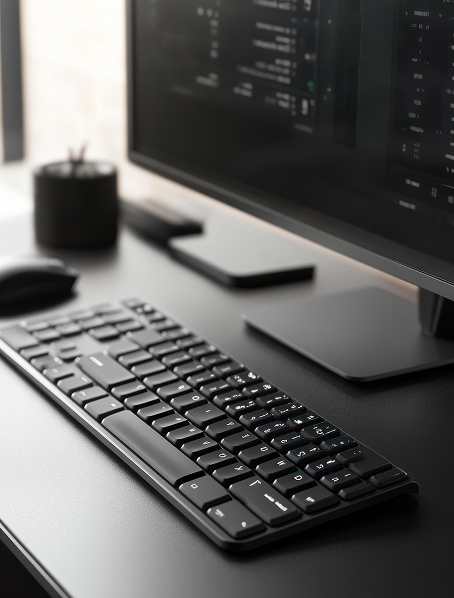
HMI & GUI
Development
GUI Development for Embedded Systems: Custom HMI and Devices
Introduction to Embedded Systems
Modern embedded devices require more than robust hardware — they need smooth, intuitive interfaces that align with user workflows and environmental constraints. Whether you're designing for touchscreens in harsh environments, compact wearables, or complex industrial displays, Promwad helps create custom HMIs and embedded GUIs that match your device and application.
We specialise in GUI and HMI development for embedded systems, combining real-time responsiveness, hardware efficiency, and design precision.


Build User Interfaces That Fit Your Embedded Product
Modern embedded devices require more than robust hardware. They need smooth, intuitive interfaces with advanced user interfaces and features that align with user workflows and environmental constraints. Whether you’re designing for touchscreens in harsh environments, compact wearables, or complex industrial displays, Promwad helps create custom HMIs and embedded GUIs, creating graphical interfaces that match your device and application.
We specialise in GUI and HMI development for embedded systems, where engineers and embedded engineers collaborate to deliver high-performance solutions. Our interfaces are designed to scale seamlessly across different device types and market segments. Promwad helps develop innovative and adaptable products to meet evolving user needs, combining real-time responsiveness, hardware efficiency, and design precision.
GUI Design Considerations
Designing a graphical user interface for an embedded system presents unique challenges and opportunities. The graphical user interface must be intuitive and straightforward, enabling users to interact with the device efficiently, even with limited screen space or input options. Embedded GUI development demands careful attention to memory usage and processing constraints, ensuring that UI elements are both visually appealing and resource-efficient. The interface should be tailored to the target hardware, taking into account factors such as display resolution, color depth, and available input methods, whether touch, buttons, or other controls. By focusing on responsive design and optimising each component, developers can create embedded GUIs that enhance usability and make the most of the device’s capabilities, resulting in a seamless and engaging user experience.

Our Embedded GUI and HMI Development Services
We offer end-to-end GUI solutions, from concept to deployment.
For example, we can implement a GUI with custom widgets, multiple screens, and dynamic fonts, optimised for GPU-accelerated rendering and efficient line drawing on a resource-constrained embedded device.
UI/UX Design for Embedded Devices
- Screen flows, widget libraries, and graphical elements optimised for small displays, with support for managing multiple screens
- Touch and non-touch interfaces (knobs, buttons, voice)
- Dark mode, localisation, accessibility options, and custom fonts for display personalisation
GUI Framework Integration
- Qt (for embedded Linux), LVGL (for MCUs), TouchGFX (STM32)
- Custom OpenGL or SDL rendering engines
- FreeRTOS and bare-metal UI integration
- Implementation of frameworks and rendering engines tailored to your hardware, with solutions implemented for a range of embedded platforms
Performance Optimisation for Low-Power Devices
- Memory-constrained rendering techniques
- Efficient use of framebuffers, DMA, GPU acceleration, and hardware acceleration, including optimised line rendering techniques
- GUI code profiling and boot-time optimisation
Multiplatform and Scalable UI Architecture
- Porting UI between display sizes and platforms
- Reusable component libraries and theming systems
- Responsive layouts for varying resolutions and orientations
HMI for Industrial, Medical, and Automotive Devices
- IP-rated touch interfaces and glove-friendly designs
- Safety-critical UI patterns for ISO-compliant products
- CAN-based menu systems, cluster UIs, and remote display sync
Framework Comparison

Qt for Device
Best Use Case: Rich UIs on embedded LinuxPlatform Support: Linux, AndroidNotes: Mature, scalable, large footprint

LVGL
Best Use Case: Lightweight UI on MCUs (bare-metal)Platform Support: STM32, ESP32, NXPNotes: Open-source, small footprint, flexible

TouchGFX
Best Use Case: High-performance STM32 UIsPlatform Support: STM32 onlyNotes: STM-optimised, hardware-accelerated

Crank Storyboard
Best Use Case: Rapid prototyping and deploymentPlatform Support: Linux, RTOSNotes: Commercial, visual tooling, fast iteration

Simulation and Testing
Simulation and testing are essential steps in the embedded GUI development process, enabling developers to validate their designs before deploying to actual hardware. Through simulation, teams can model user interactions, test GUI functions, and assess memory usage and UI performance without needing physical devices. This approach accelerates development, reduces costs, and allows for rapid iteration. Rigorous testing ensures that the GUI operates as intended, meets performance benchmarks, and delivers reliable functionality under real-world conditions. Specialised tools help developers simulate complex user input, validate component behavior, and address potential issues early in the process. By prioritising simulation and testing, embedded GUI development teams can deliver robust, high-quality interfaces that meet both user expectations and technical requirements.
Optimising Performance
Achieving optimal performance in embedded GUIs is crucial for delivering a responsive and efficient user experience. Developers must carefully manage memory usage and computational resources, often working within the tight constraints of the target hardware. Techniques such as hardware acceleration, caching, and parallel processing can significantly enhance GUI performance, enabling smooth rendering and fast response times. Selecting the right tools and software components for the specific application and hardware platform is essential to maximise efficiency. By focusing on performance optimisation throughout the development process, teams can create embedded GUIs that not only meet functional requirements but also provide a seamless, high-quality interface for users.


Security Considerations
Security is a vital aspect of developing embedded GUIs, especially as these interfaces often handle sensitive data and control critical device functions. Developers should implement robust security measures, including encryption, authentication, and access control, to safeguard both the system and its users. Secure communication protocols and regular software updates are essential to protect against emerging threats and vulnerabilities. By designing GUIs with security in mind from the outset, development teams can create embedded GUIs that are not only functional and efficient but also resilient against cyber risks, ensuring long-term reliability and trust for customers and end users.
Where Custom HMI Adds Value
Industrial Controllers
Rugged touch, real-time feedback, diagnostics
Medical Devices
Clean UI, gesture navigation, usability compliance
Automotive Cockpits
Cluster UI, infotainment, DMS displays
Consumer Electronics
- Custom GUI applications allow for unique brand customisation, helping products stand out in the competitive consumer electronics market.
- Smooth animation and transitions enhance the user experience, making devices feel more modern and responsive.
- Support for multi-input (touch, voice, gesture) ensures accessibility and flexibility for a wide range of users.
Wearables & IoT
- Minimal UI: Wearables and IoT devices often have limited screen space, so the user interface must be simple and intuitive.
- Context awareness: These devices need to respond to the user's environment and activities, providing relevant information at the right time.
- Low power: Battery life is critical, so apps must be optimised for minimal energy consumption.
Our Process
- Discovery & Requirements – Define end-user goals, display specs, and environment
- Wireframing & Prototyping – Create interactive UI concepts and test flows
- Framework Integration – Implement UI logic, rendering, and interaction patterns
- Optimisation & Testing – Tune performance, validate responsiveness and safety, and perform thorough validation as a key quality assurance step
- Deployment & Support – Flash-ready binaries, OTA-capable UIs, localisation
This process supports the software engineer in developing efficient embedded GUIs, leveraging modern frameworks and tools. Team collaboration is essential throughout the HMI development process to ensure high-quality results.
We turn embedded systems into intuitive, user-friendly experiences.

Why Promwad
Cross-platform expertise
GUI for medical, industrial, automotive, and IoT
Real embedded expertise
from MCU LCDs to full Linux GUIs
Framework fluency
Qt, LVGL, TouchGFX, Crank, SDL
Hardware-aligned
HMI optimised for memory, display timing, and input methods
Let’s Design Your Embedded GUI
HMI is the first thing users touch — make it smart, smooth, and reliable.
Promwad builds custom embedded GUIs that combine design excellence with embedded discipline.

Let’s create a user experience that makes your product stand out.
Drop us a line about your project! We will contact you today or the next business day. All submitted information will be kept confidential.
